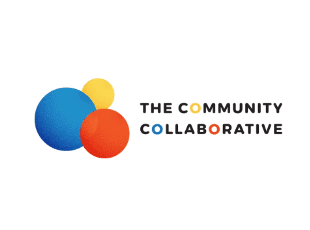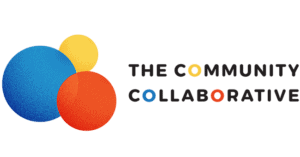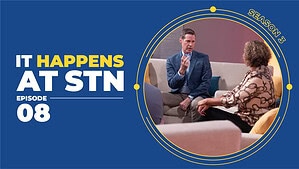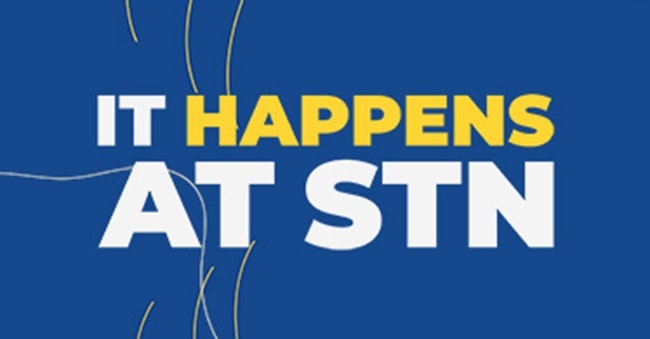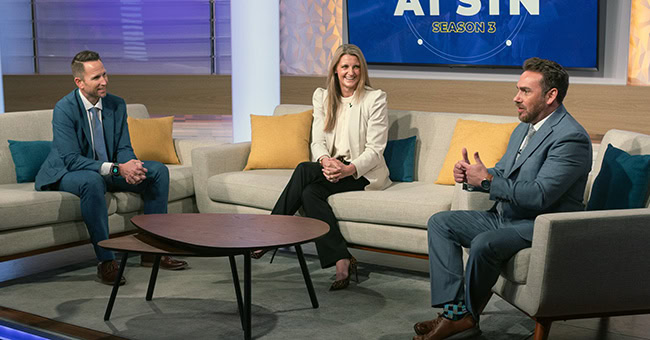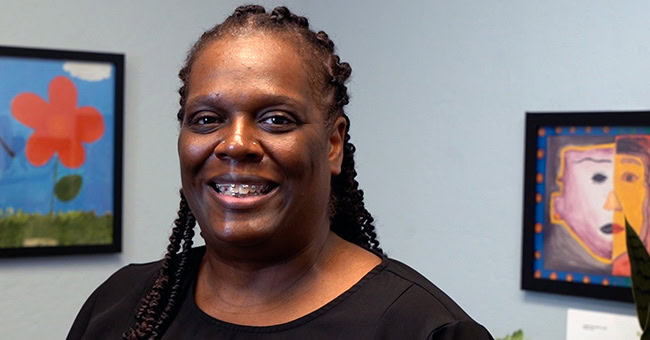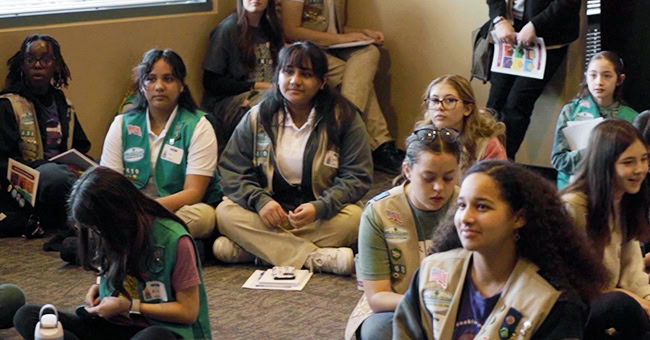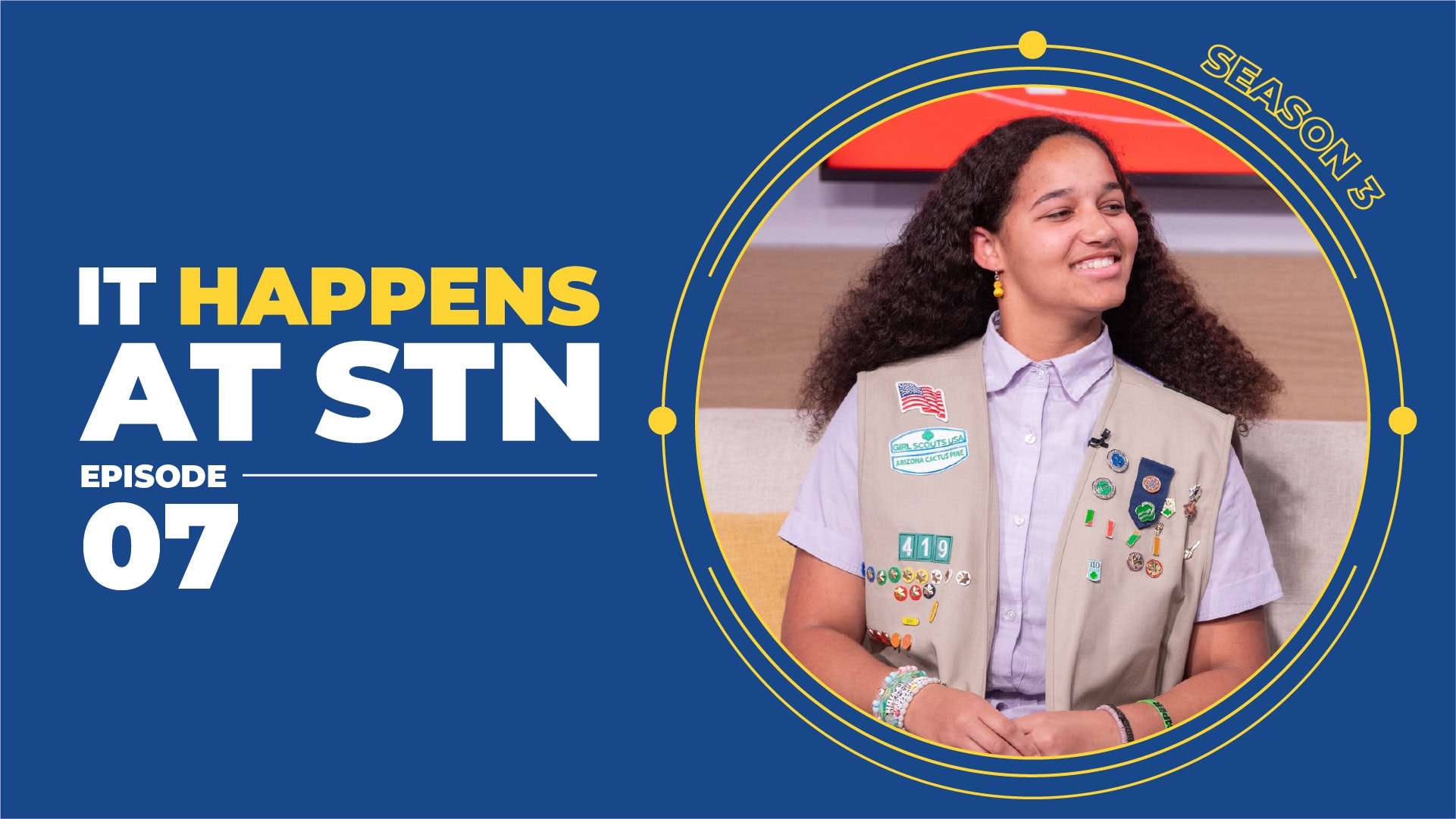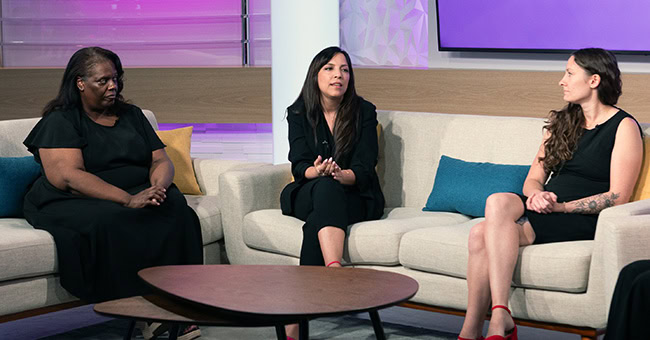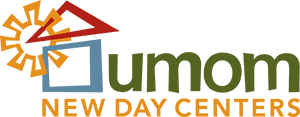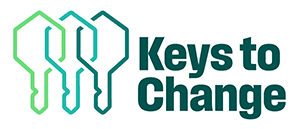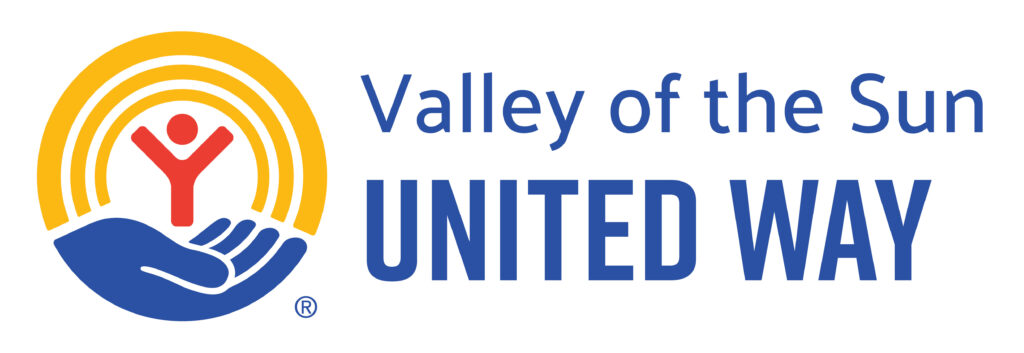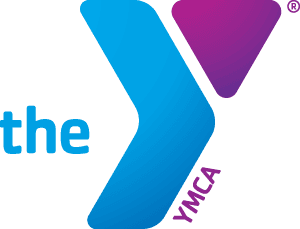Diversity & Inclusion: Listen, Learn and Take Consistent Action
ARIZONA CHAMBERS, LOCAL ORGANIZATIONS AND STN TAKE ACTION AND EDUCATE ON DIVERSITY INITIATIVES
One promising outcome of the national and local racism protests and civil unrest is the heightened attention on racial disparities and inequalities in our country and our community. That awareness created an increased demand for educational resources, focusing on opportunities for individuals and organizations to get involved in diversity and inclusion initiatives on a local level.
In that vein, Social Television Network (STN) launched a new web series to highlight diversity and inclusion initiatives happening in Arizona. Featuring Arizona Chamber CEOs and member organizations, the ongoing series, titled ”The Community Collaborative,” highlights actions in motion to cultivate diversity and inclusion throughout state and local communities.
Black Chamber of Arizona CEO Robin Reed and Arizona Hispanic Chamber of Commerce CEO Monica Villalobos, series producers, will lead bi-weekly virtual summit discussions for local chamber leaders and their corporate partners to present current community challenges and actionable solutions.
The first far-ranging episode of “The Community Collaborative” features Angela Hughey, president and founder of One Community; Ricardo Carlo, president of the Associated Minority Contractors of Arizona; Jon Canyon, board chair of the American Indian Chamber of Commerce Arizona; and Tim Overton, Dickinson Wright PLLC attorney and appointed member Arizona Commission of African American Affairs.
As Villalobos points out, diversity and inclusion are action words. They require more than lip service and must be actively exercised. Community and business leaders are in an ideal position to raise awareness of local challenges and share opportunities to take an active role in making needed changes.
Arizona isn’t just a diverse state; it’s poised to become a majority-minority state in just 10 years, by 2030. State and local diversity and inclusion efforts could very well become a blueprint for other regions. With that knowledge, each action we take could exponentially increase in visibility and importance.
Takeaways from Episode 1
The first episode of the series includes a panel covering a wide range of topics like the following, noted with timestamps for ease of viewing:
Definitions of diversity and inclusion (03:10): Robin Reed illustrates diversity and inclusion with a relatable metaphor. “Diversity just means you have different colored crayons in the box. Inclusion is when the picture you painted includes every color crayon that was in the box.” His comments similarly address the need to take action.
The meaning of the Supreme Court’s landmark decision in Bostock v. Clayton County, Georgia on protecting the rights of LGBTQ individuals (07:30): Angela Hughey poignantly shares that in Arizona and 30 other regions, it is not unlawful to turn LGBTQ individuals away from even health care facilities and doctors’ offices. (See also Dickinson Wright’s overview on Bostock v. Clayton County, Georgia.)
The importance of addressing specific stress points of each community (09:42): Jon Canyon discusses helping students with educational needs.
Assisting diverse business owners to secure Paycheck Protection Program loans (13:57): Ricardo Carlo covers how AMCA has connected members with banks providing loans they might not have had access to from their own banks.
Inclusion means including all groups in diversity and inclusion efforts (22:00): Tim Overton explains the benefits of inviting the straight white male into the discussion.
Watch the full video for additional insights on how to work with individuals and corporations who come ‘late to the party,’ how to infuse inclusion in an organization’s DNA, and why it’s important to build relationships.
Maya Angelou wrote, “I did then what I knew how to do. Now that I know better, I do better.” No matter where an individual or organization is on its path to diversity and inclusion, listening, learning, and taking consistent action are the best paths forward.
As panelist Tim Overton stated, “This webinar series is key to starting the conversation and inviting everyone to participate.” Participating is key.
Actions All Organizations Can Take in Support of Diversity and Inclusion
- Supporting black and minority-owned businesses
- Partnering with diverse organizations on their initiatives
- Actively striving to meet and exceed diverse interviewing and hiring targets
- Seeking out and including diverse voices on company boards and for speaking & educational opportunities, and using company media to amplify those voices
- Ensuring equitable compensation for work
- Creating safe space for diverse employees to share their experiences


